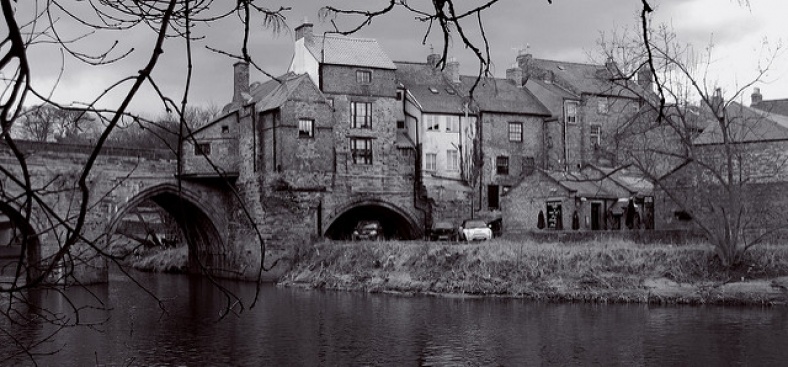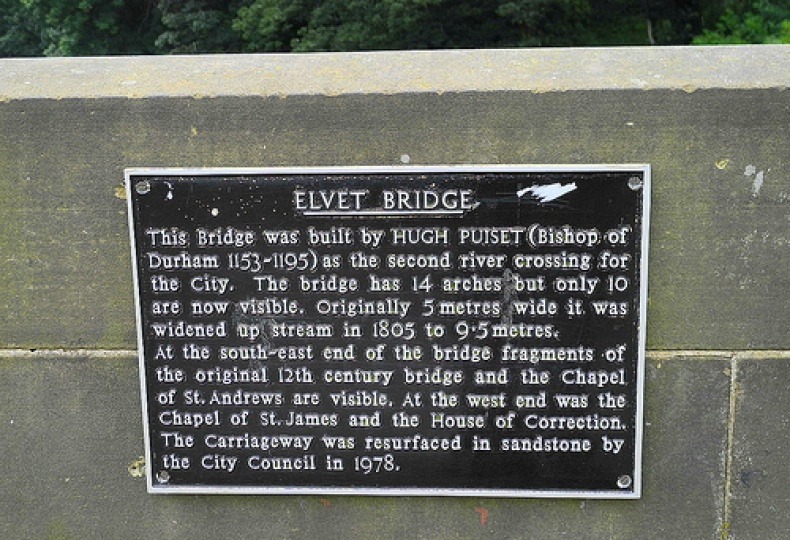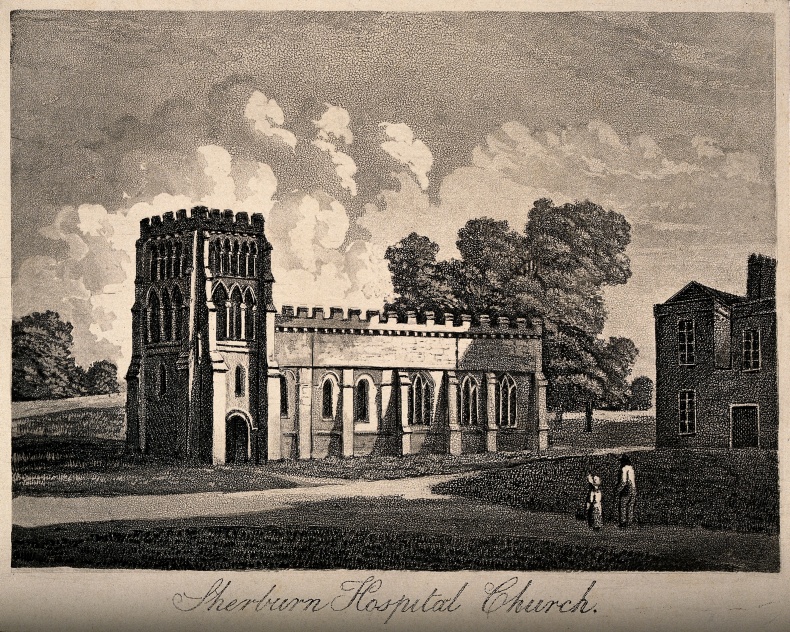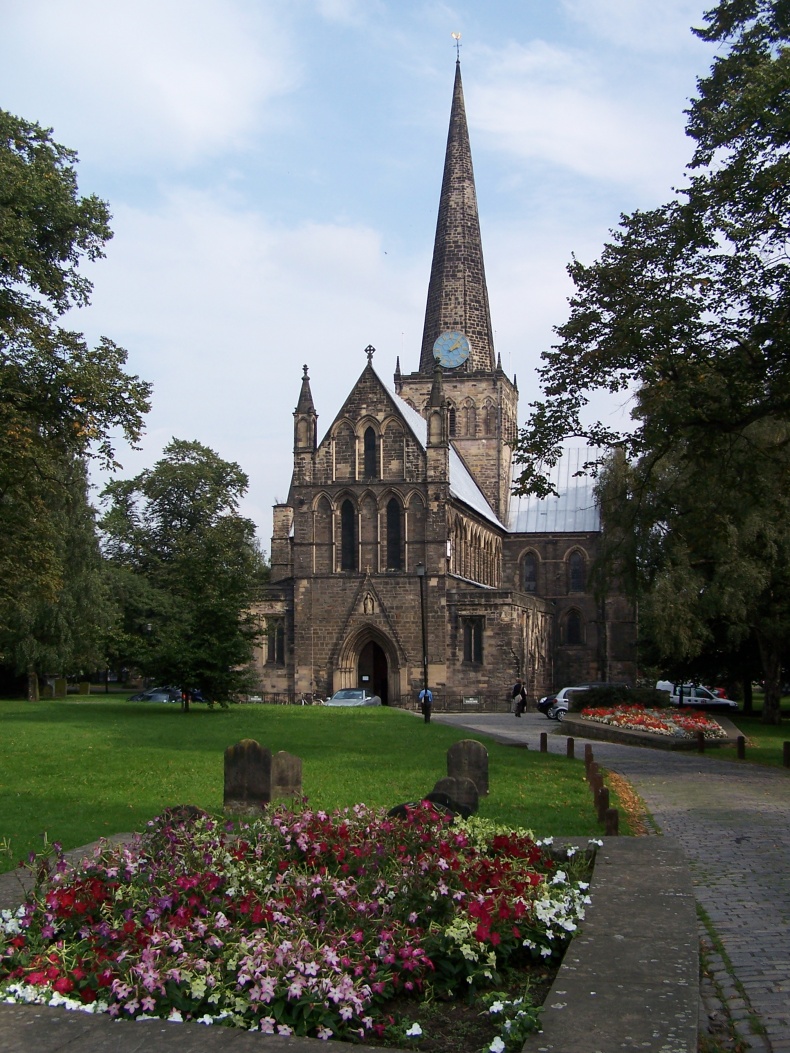




Puiset, Bishop Hugh du
1125-1195
Bishop of Durham and Earl of Northumberland
Hugh du Puiset was the great-grandson of William the Conqueror (1027-1087), grandson of Count Stephen of Blois and the son of Lord Hugues of Le Puiset (a castle 50km south west of Paris). Hugh’s uncle, Henry de Blois (1096-1171) was granted the Bishopric of Winchester in 1129 and, in 1139, Hugh joined him as archdeacon. The death of the Archbishop of York in 1140 allowed the Blois to move north and Hugh was appointed cathedral treasurer and archdeacon of East Riding. In 1153 Hugh was elected to succeed William de Ste Barbe as Bishop of Durham, but as he was just twenty-seven he was forced to wait until he was of canonical age, normally around 35 years old.
Hugh du Puiset was narrowly elected to his see [the area of a bishop's ecclesiastical jurisdiction]. The electors who had chosen him were excommunicated by Archbishop Murdac and Hugh was forced to travel to Rome to appeal. During his journey, Pope Eugene III (1080-1153) and Murdac both died and du Puiset was successfully consecrated by the new Pope Anastasius IV (1073-1154) in December 1153. Du Puiset ruled over the diocese of Durham covering present-day Durham and significant parts of Northumberland. As ‘Palatine’ of Durham, he inherited religious, economic and military responsibility for the North of England. Along with such responsibilities came enormous wealth and legal immunities.
Hugh du Puiset enjoyed his position. He maintained a long and public affair with Alice de Percy with whom he had several children who held powerful positions in the French court, English church and military. He spent his vast personal wealth on maintaining a luxurious lifestyle, but he is perhaps best remembered as a ‘builder’ and investor in North East infrastructure. Du Puiset successfully petitioned the pope to grant Durham a city charter in 1179. He established the borough of Gateshead and a charter for Sunderland merchants. It was at this time, 1172, that the castle of Newcastle was being rebuilt in stone by Maurice ‘the Engineer’. He also amassed a large collection of books and commissioned several works including two Bibles, one of which survives in the Cathedral Library.
He invested in Durham, constructing the Galilee Chapel in the Cathedral and the Elvet Bridge. He reconstructed Flambard’s hospital of Kepier and built a new hospital at Sherburn. Sherburn House was founded in 1181 as ‘Christ’s Hospital at Sherburn’. The Bishop not only built the hospital but provided lands and tithes (taxes) to support it in perpetuity, which continue to provide an income. Other landowners expanded the property owned by the hospital. John Harpyn, for example, gifted South Sherburn to the hospital in 1331. The hospital’s original purpose was to accommodate leprous monks and nuns. Sherburn House Charity continues to support vulnerable adults in Durham by providing residential care to the elderly and by providing grants to organisations and individuals working with disadvantaged groups.
Du Puiset continued to expand his territories and power throughout his forty-year reign. He was appointed Chief Justiciar of England and Regent of the North, positions which gave him broad judicial oversight. He purchased large tracts of land including the Wapentake of Saderge and the Earldom of Northumberland. Towards the end of his life, he was less able to anticipate and combat political manoeuvres. In 1190, the Kings Chancellor, William de Longchamp, placed Du Puiset under house arrest and stripped him temporarily of all his titles. The imprisonment and release of Richard I was the final and most fatal challenge for du Puiset. Not only was his independent rule of the North severely challenged by Richard’s regents, but he was forced to pay £2,000 towards the King's ransom and funded a military venture against the King's brother, John. Upon the King’s successful release, however, Richard supported the King of Scotland’s demand for the earldom of Northumberland. Though William of Scotland did not receive the title, du Puiset was stripped of it.
References
Barrlow, G.W.S. (2004). Puiset, Hugh du, Early of Northumberland. Available here (Accessed: 08/05/2018).
Gibby, C.W. (1981). History of Sherburn House, Available here (Accessed: 16/05/2018).
Lomas, R. (1992). North-East England in the Middle Ages, Edinburgh: John Donald Publishers Ltd.
Simpson, D. (1999). The Millennium History of the North East, Sunderland: Northern Echo.